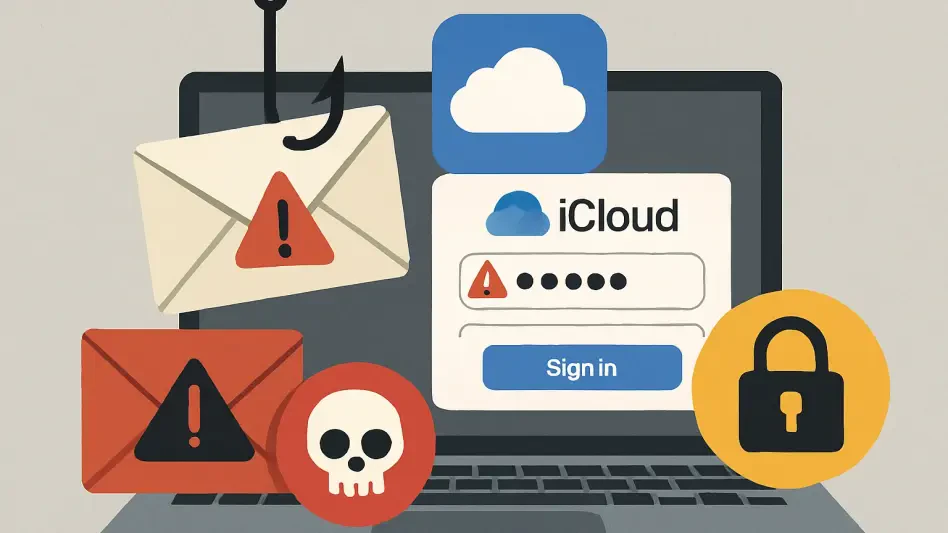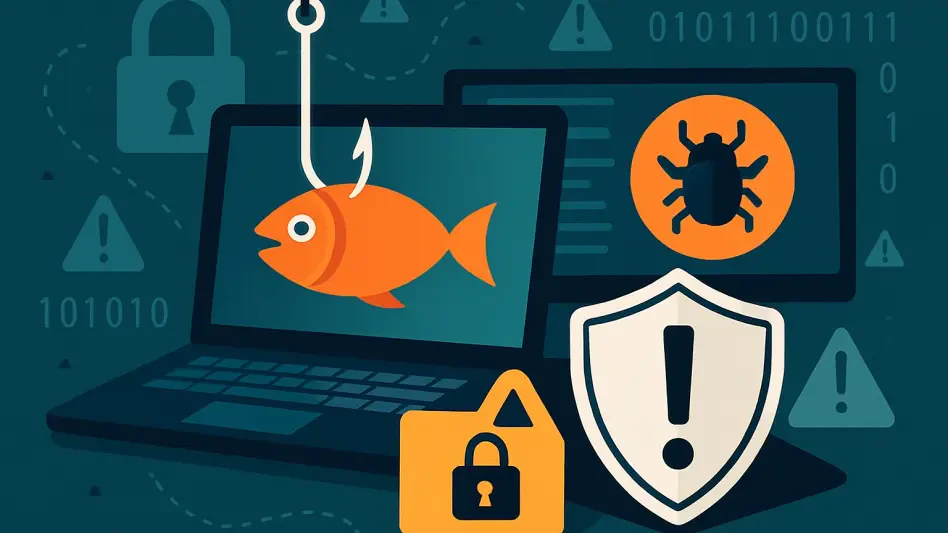Imagine opening an email that appears to come straight from Apple’s trusted servers, only to discover it’s a cleverly disguised trap designed to steal sensitive information. A recently uncovered phishing campaign has taken deception to a new level by exploiting iCloud Calendar invites to mimic PayPal notifications, catching even the most cautious users off guard. Cybercriminals are using legitimate Apple infrastructure to send fraudulent messages that bypass traditional spam filters and appear alarmingly authentic. These invites, often sent to unsuspecting recipients, contain urgent alerts about fictitious charges, pushing victims to act quickly without verifying the source. This sophisticated tactic underscores a growing challenge in the digital landscape, where trust in familiar platforms is weaponized against users. As attackers refine their methods, understanding the mechanics of such scams becomes vital for staying protected in an increasingly complex cyber environment.
Unpacking the Deceptive Delivery Method
The ingenuity of this phishing scheme lies in its exploitation of iCloud Calendar’s invitation feature to deliver malicious content with an air of legitimacy. Attackers craft a calendar invite, embedding deceptive text within the Notes field, often claiming a hefty $599.00 charge has been made through PayPal. This invite is sent to a controlled email address, triggering an automated notification from Apple’s servers under a seemingly trustworthy domain. The email’s origin from a reputable source significantly increases its chances of evading spam filters and gaining recipient trust. Once engaged, victims are urged to call a provided number to dispute the charge, where scammers attempt to extract personal credentials or install remote access software for deeper system control. This method represents a stark departure from traditional phishing emails, as it leverages a platform typically associated with benign, everyday use. The seamless integration of trusted infrastructure into malicious campaigns highlights the evolving sophistication of cyber threats and the pressing need for heightened scrutiny of even the most familiar digital interactions.
Strengthening Defenses Against Evolving Threats
Addressing this alarming trend requires a multifaceted approach that combines user awareness with cutting-edge security tools to combat social engineering tactics. Organizations are increasingly encouraged to implement AI-powered training programs that simulate phishing scenarios, helping employees recognize and respond to suspicious communications effectively. Such initiatives aim to reduce human error, which remains a critical vulnerability in cybersecurity frameworks. Beyond training, skepticism toward unsolicited calendar invites or urgent financial alerts must become second nature, regardless of the apparent legitimacy of the sender. This phishing campaign, which abused trusted platforms for malicious gain, serves as a stark reminder of the importance of vigilance in digital interactions. By fostering a culture of caution and equipping teams with robust resources, businesses take significant steps to mitigate risks. Looking ahead, integrating advanced detection systems and promoting ongoing education will be essential to outpace the innovative strategies employed by cybercriminals.








